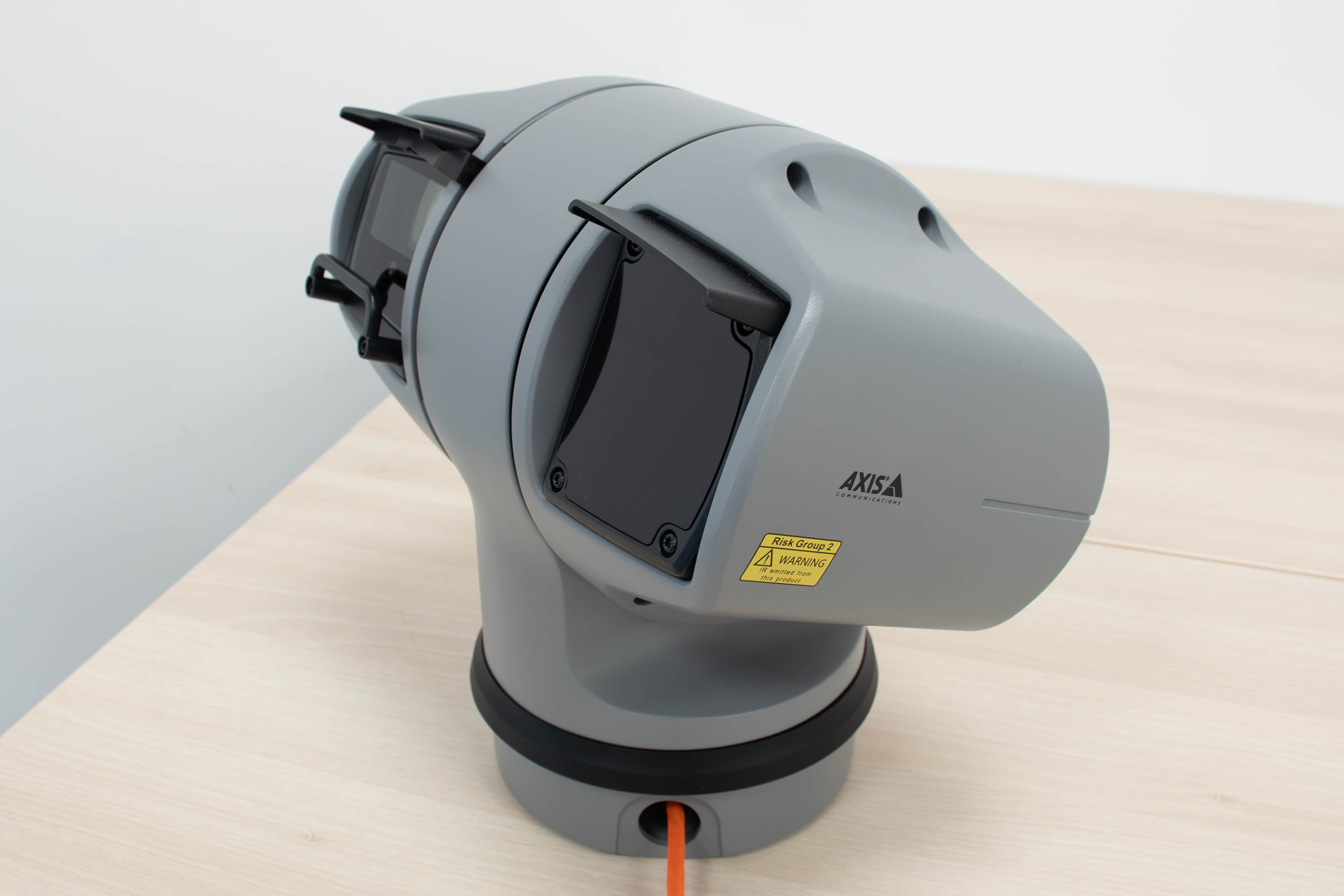AIR Institute now has a camera of the latest generation for bird detection in the IA4Birds project
AIR Institute is coordinating the IA4Birds project, which uses artificial intelligence and audiovisual devices to monitor bird populations, prevent threats that may affect them and decide whether a site is suitable for a wind farm. To this end, the first AXIS Q6225-LE PTZ camera has been in operation for the past few days. It is an essential tool that combines high resolution with advanced image capture capabilities, cutting-edge technologies and robustness in adverse conditions.

AIR Institute researchers will soon test the technical characteristics of the camera before it is placed in a natural area, and will begin to train the detection models for the project, which is funded by the Biodiversity Foundation of the Ministry for Ecological Transition and the Demographic Challenge. Precisely, one of the features of the new camera is that it has integrated analytics, simplifying the training of AI for bird detection and the retraining of models and the generation of alerts when necessary.
AXIS Q6225-LE PTZ also stands out for its exceptional robustness, as it is able to withstand shock and adverse weather conditions, including wind speeds of up to 245 km/h (150 mph). In particular, it complies with the MIL-STD-810G standard, which ensures reliable operation even in the most demanding conditions, essential for maintaining the continuity of observations in adverse situations.
Moreover, the camera has an HDTV 1080p resolution, which provides high image quality and therefore favours the accurate detection of birds in the environment of interest. Among the technical features of the equipment, the 1/2" sensor and the 31x optical zoom are essential for capturing details with great sharpness, also at long distances, an aspect of great importance, as bird observation and monitoring are fundamental in this project.
In addition, the device includes Light Finder, Forensic WDR and OptimizedIR, which are advanced technologies that ensure clear and sharp images even in poor lighting conditions, and Axis Zipstream technology with H.264/H.265, which significantly reduces bandwidth and storage requirements without sacrificing image quality, which is invaluable for efficiently managing resources and data generated by the camera.

The researchers are confident that they will continue to roll out the equipment required for the IA4Birds project in the coming days. The AIR Institute is supported in this initiative by the Biodiversity Foundation of the Ministry for Ecological Transition and the Demographic Challenge (MITECO), within the framework of the Recovery, Transformation and Resilience Plan (PRTR) financed by the European Union - NextGenerationEU.
This initiative is of great scientific value. In this regard, it is worth remembering that, recently, a group of leading researchers specialising in bird and bat conservation published a letter in Science in which they warned of the danger that the rapid growth of renewable energies could pose to birds if it is carried out in a disorderly and uncontrolled manner.